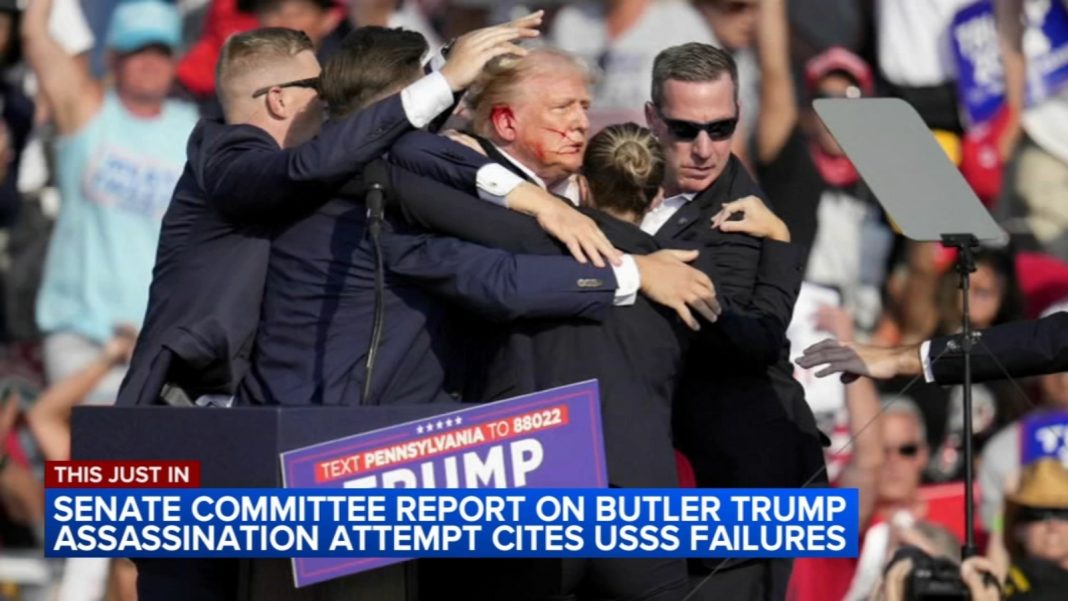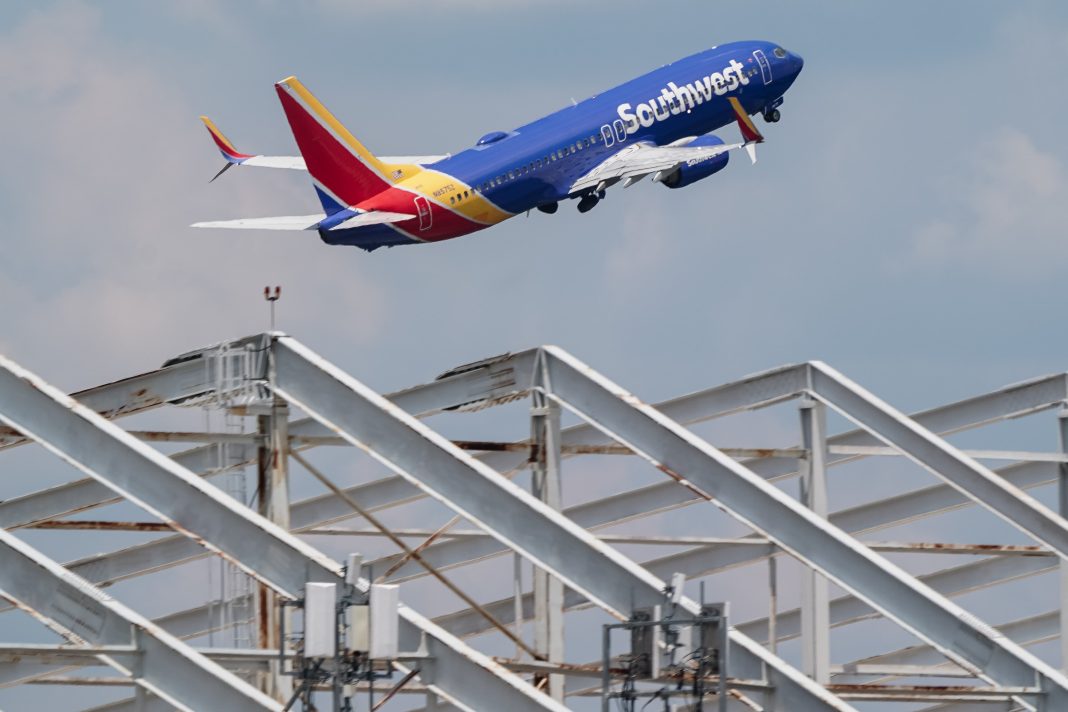The recent Senate committee report on the July 13 shooting incident at a rally for former President Donald Trump reveals a troubling narrative of systemic failures within the Secret Service. The report, drafted collaboratively by both Republican and Democratic members of the Senate Homeland Security and Governmental Affairs Committee, outlines a series of miscommunications, poor planning, and operational oversights that culminated in a “foreseeable, preventable” security breach when a would-be assassin opened fire from a nearby building in Butler, Pennsylvania.
Acting Secret Service Director Ronald Rowe has publicly acknowledged the incident as a significant failure. However, the committee’s findings suggest a deeper issue: individual agents and officials were reluctant to accept accountability for the lapses that contributed to this security breach. Gary Peters, the chairman of the committee, emphasized that every failure was preventable and had dire consequences, marking the first assassination attempt on a former president in over four decades. This incident has raised questions about the agency’s operational integrity and the adequacy of its leadership.
The investigation found that prior to the rally, local law enforcement had raised alarms about the American Glass Research (AGR) building, which provided a clear line of sight for an attacker. Despite these warnings, no effective measures were taken to counteract the threat. Planning for the event began in early July, but the report describes the coordination between the Secret Service and local law enforcement as “incredibly disorganized,” with critical gaps in communication that persisted right up to the day of the rally.
Furthermore, the report details a series of missed opportunities to prevent the attack. Secret Service agents received multiple alerts about a suspicious individual on the roof of the AGR building but failed to relay this information to senior leaders in a timely manner. This included crucial updates from local law enforcement, which indicated that someone was armed and on the roof just moments before shots were fired. The counter sniper team, tasked with protecting the former president, was aware of local law enforcement’s actions but did not escalate the information to the protective detail, demonstrating a catastrophic breakdown in situational awareness.
The report also points to a broader systemic issue within the Secret Service concerning resource allocation. Despite assertions from Rowe that no assets were denied for the event, evidence suggests that requests for additional counter-drone measures and personnel were either ignored or inadequately addressed. This included a failure to deploy counter assault team liaisons to enhance tactical coordination, which could have proven vital in ensuring a secure environment for the rally.
The communication failures were compounded by technical difficulties, including malfunctioning radios that hindered real-time coordination between the Secret Service and local law enforcement. The report paints a picture of an agency that struggled with basic operational efficiency, reminiscent of the comedic confusion of Abbott and Costello’s “Who’s on First” routine, as noted by committee member Richard Blumenthal. This lack of accountability and clarity in roles could have dire implications for future security operations.
In the wake of the report, there have been calls for a complete overhaul of the Secret Service leadership. Peters and other committee members stress that the findings are preliminary and will be built upon as further inquiries continue. The overarching sentiment is one of urgency; there is a critical need for reforms to prevent such security lapses from occurring in the future, particularly given the polarized political climate that has made threats against public figures more pronounced.
The implications of this report extend beyond the immediate failures at the Butler rally. It serves as a stark reminder of the importance of effective communication, coordination, and accountability in protective operations. As the Secret Service faces scrutiny, it must also confront the challenge of regaining public trust and ensuring that the lessons learned from this incident translate into concrete changes in policy and practice.
Ultimately, this situation underscores a vital question: how can an agency entrusted with the safety of the nation’s leaders allow such lapses to occur? The answer may lie in reassessing not only protocols and resources but also the culture within the agency that allowed these critical failures to go unaddressed. As investigations continue, the hope is that the lessons learned will pave the way for a safer and more accountable future.


